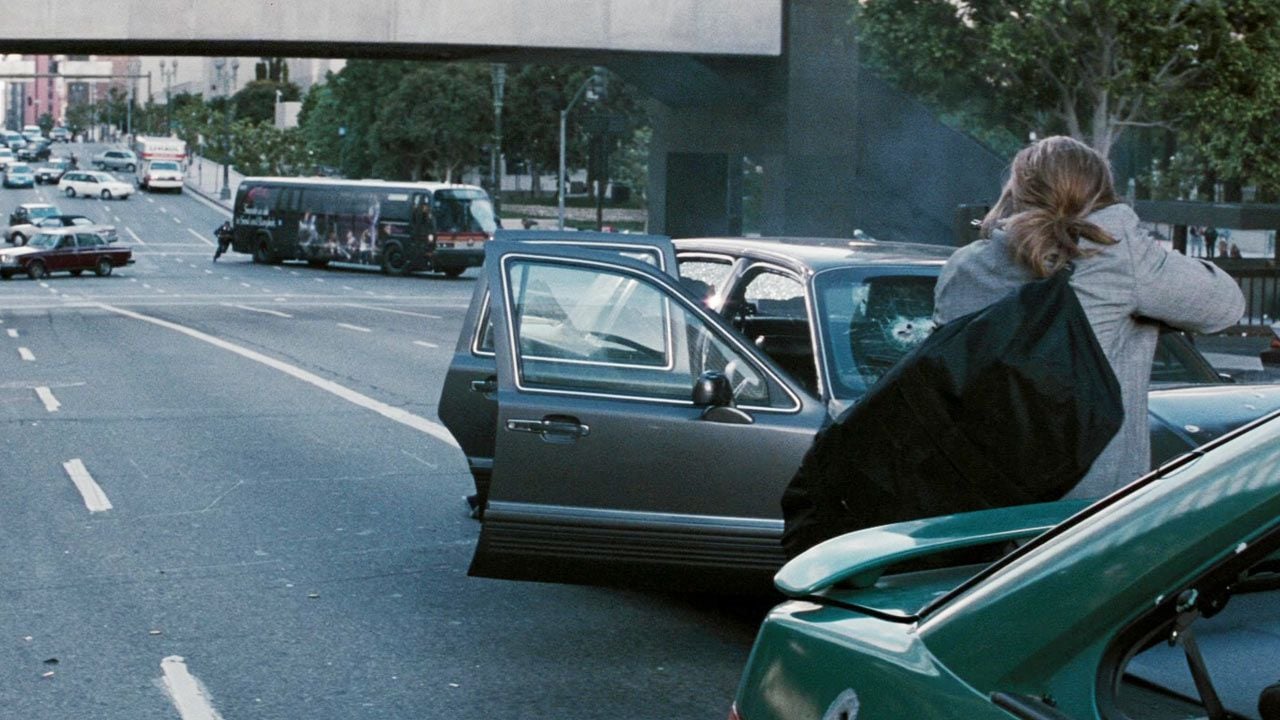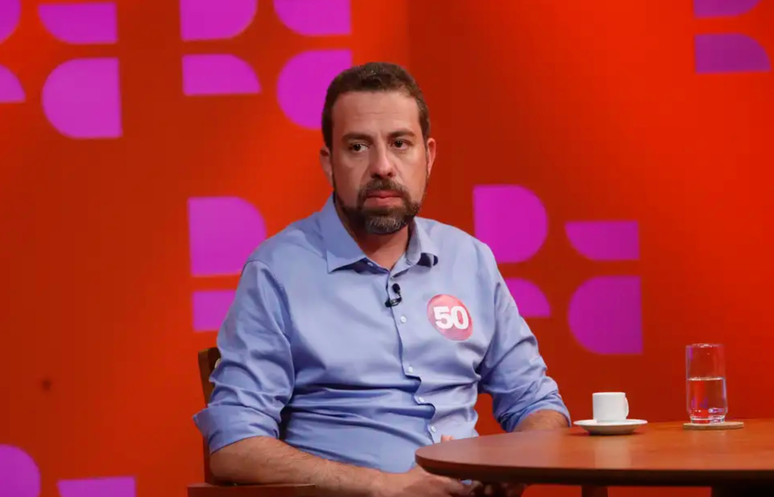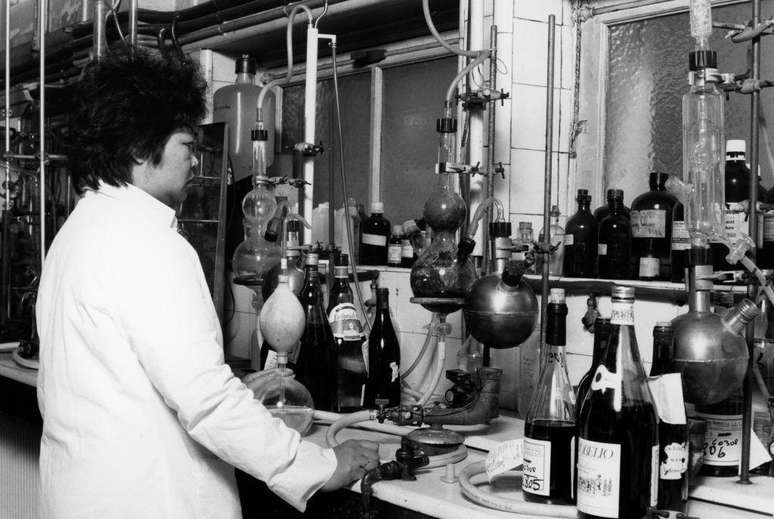Oppenheimer, an epic directed by Christopher Nolan, was the highlight of the 2024 Oscars. Nominated in 13 categories, it won seven awards, including best picture, actor and director. Among the (many) compliments to the film are the accurate portrayal of the life of physicist J. Robert Oppenheimer and the scientific rigor in portraying the Manhattan Project – the research program that developed the atomic bomb in the 1940s in Los Alamos, New Mexico – on the big screen.
To ensure the film was as accurate as possible, Nolan turned to several “scientific consultants” when gathering information about Oppenheimer and his life, as well as the Manhattan Project, which culminated in the Trinity nuclear test on July 16, 1945 and , then, in the bombing of Hiroshima and Nagasaki, Japan, on August 6 and 9, respectively.
Scientific consultancy for Oppenheimer
Magazine Nature spoke to three of the scientists who consulted Nolan during the production of Oppenheimer. They were:
Watch the interview with the scientists below:
In 2021, Nolan wanted to come visit, to see the place where Oppenheimer lived and worked for almost 20 years. I also lived in that house and, for ten years, worked in the same office used by Oppenheimer. We had a long discussion about Oppenheimer, but also about physics, which I loved.
I spoke to Cillian Murphy about his portrayal of Oppenheimer in the film. I met Oppenheimer when I was a graduate student at Princeton, from 1962 to 1965, and a postdoctoral researcher, from 1965 to 1966. Then there were some discussions about Oppenheimer as a person.
I was asked to help with the production of scenes shot in Los Angeles. I worked mostly with the props manager. This involved things like deciding what was on the blackboards or what equations Oppenheimer gave Einstein to show whether the atmosphere would catch fire.

Nolan visited Princeton twice to view the site. I remember we walked from home to the institute. It’s a beautiful walk, with beautiful trees. I remember telling him that it’s the perfect path, because Einstein and [o físico austríaco] Kurt Gödel has always walked that path. In the film, Lewis Strauss meets Oppenheimer, points to the house and says “it’s the perfect path.” I thought, ‘Wait a minute, that’s a very familiar scene!’
I was struck by the fact that Nolan was really interested in what it means to be a physicist. I also remember that he really liked the institute’s lake. Many scenes in the film are filmed near the lake: it is a favorite place for many locals. It is a place to think and contemplate.
Sometimes I had to explain the physics of a line to the actors, enough so that they knew the emotional truth of the line and why they were saying it. There was one line in particular in the script that was incredibly complicated, about off-diagonal matrix elements and quantum mechanics. Even when I read it, I had a hard time understanding exactly what he was saying. Cillian really wanted me to explain it to him. Here we are, I think. But it was difficult.
Something similar happened to Josh Hartnett, who was playing [o físico nuclear americano] Ernest Lawrence. Whenever he had a free moment he would come and talk to me about physics. He was strange because he was already made up and in costume. I never met Lawrence, but I saw a lot of photos and it was scary. It sounded like Lawrence walking around the room.

It was wonderfully accurate. It’s truly incredible. Christopher Nolan clearly understood the science. There’s a scene where Oppenheimer is writing on the blackboard explaining that nuclear fission is impossible, when Lawrence walks in and says “well, [o físico americano Luis Walter] Alvarez went wide.” So I put some equations on the board that Oppenheimer might have had to prove that fission is impossible. Most audiences wouldn’t recognize him, but he made me feel good.
It was done very well. I loved that the film constantly looks through Oppenheimer’s eyes. The discussions on physics were very interesting: there were the right equations on the blackboards!
He was an exceptional and extremely effective mentor. He had enormous reach and an extremely quick mind. He had this incredible ability to understand things very quickly and see connections, which was a major factor in his success as a leader of the atomic bomb project.
He was both a scientific leader and a government advisor. At that time Einstein, who played a crucial role in initiating the atomic bomb project, truly became the father of the peace movement. A character who wasn’t in the film, [o matemático húngaro-americano] John von Neumann wanted to bomb the Soviet Union, so he was completely on the opposite side. Oppenheimer was trying to take the reasonable path between these two extremes, and for this he was punished. So I often feel like his character generates these mixed feelings. He is a fascinating example for anyone who wants to be a scientist and have a role in public debate.

It’s wonderful that you have received this level of attention. It’s a film that carries tremendously important messages for the era we find ourselves in. I hope it raises awareness of the danger of nuclear weapons and the crucial issue of arms control.
We often complain that there is no content in popular culture. For me, the biggest surprise was that this difficult film about a difficult subject and a difficult man, shot in a difficult way, became a worldwide success. I think this is very encouraging. The hidden lives of physicists have become part of popular culture. And with good reason.
The post The Science (and Scientists) Behind ‘Oppenheimer’ appeared first on Olhar Digital.
Source: Olhar Digital
Rose James is a Gossipify movie and series reviewer known for her in-depth analysis and unique perspective on the latest releases. With a background in film studies, she provides engaging and informative reviews, and keeps readers up to date with industry trends and emerging talents.







